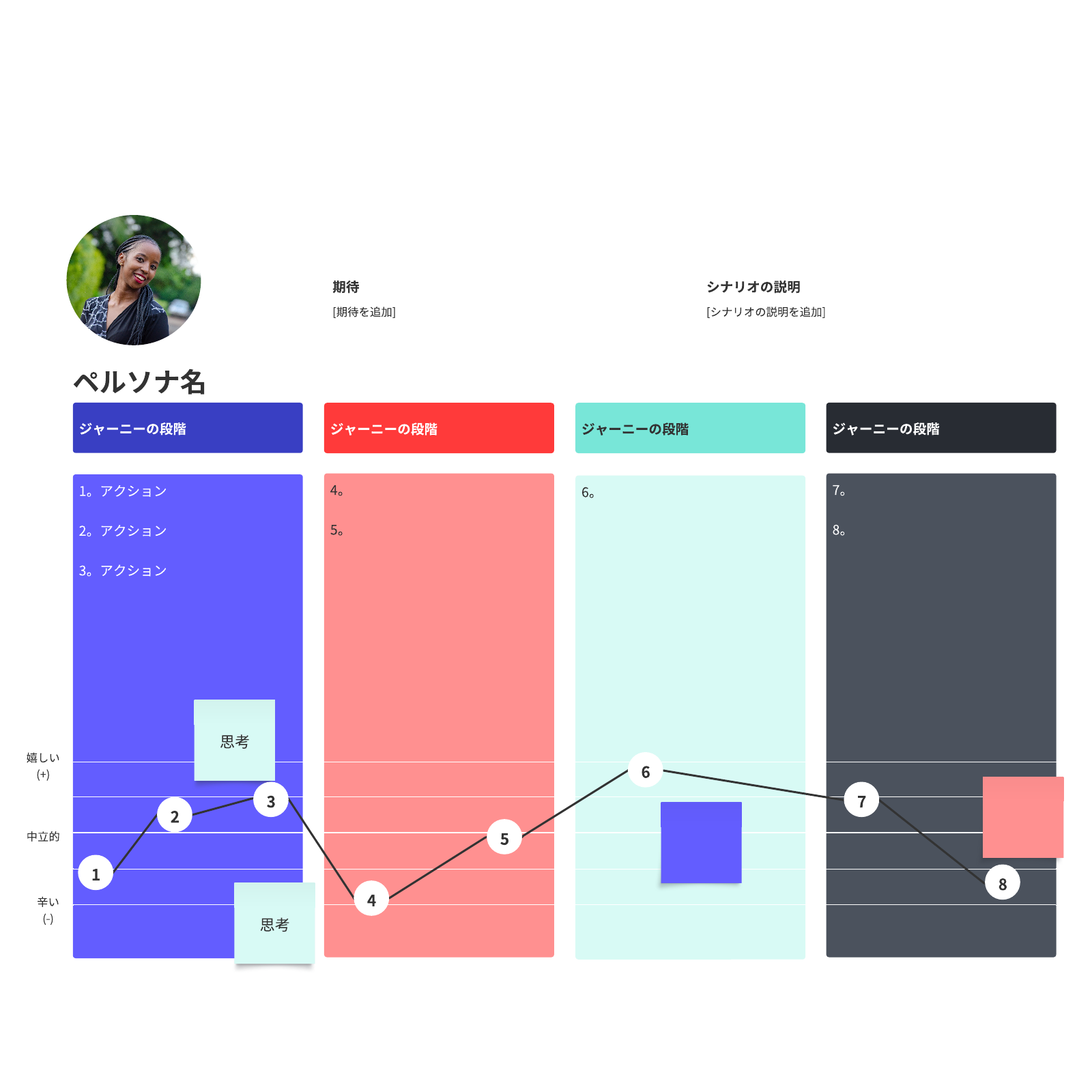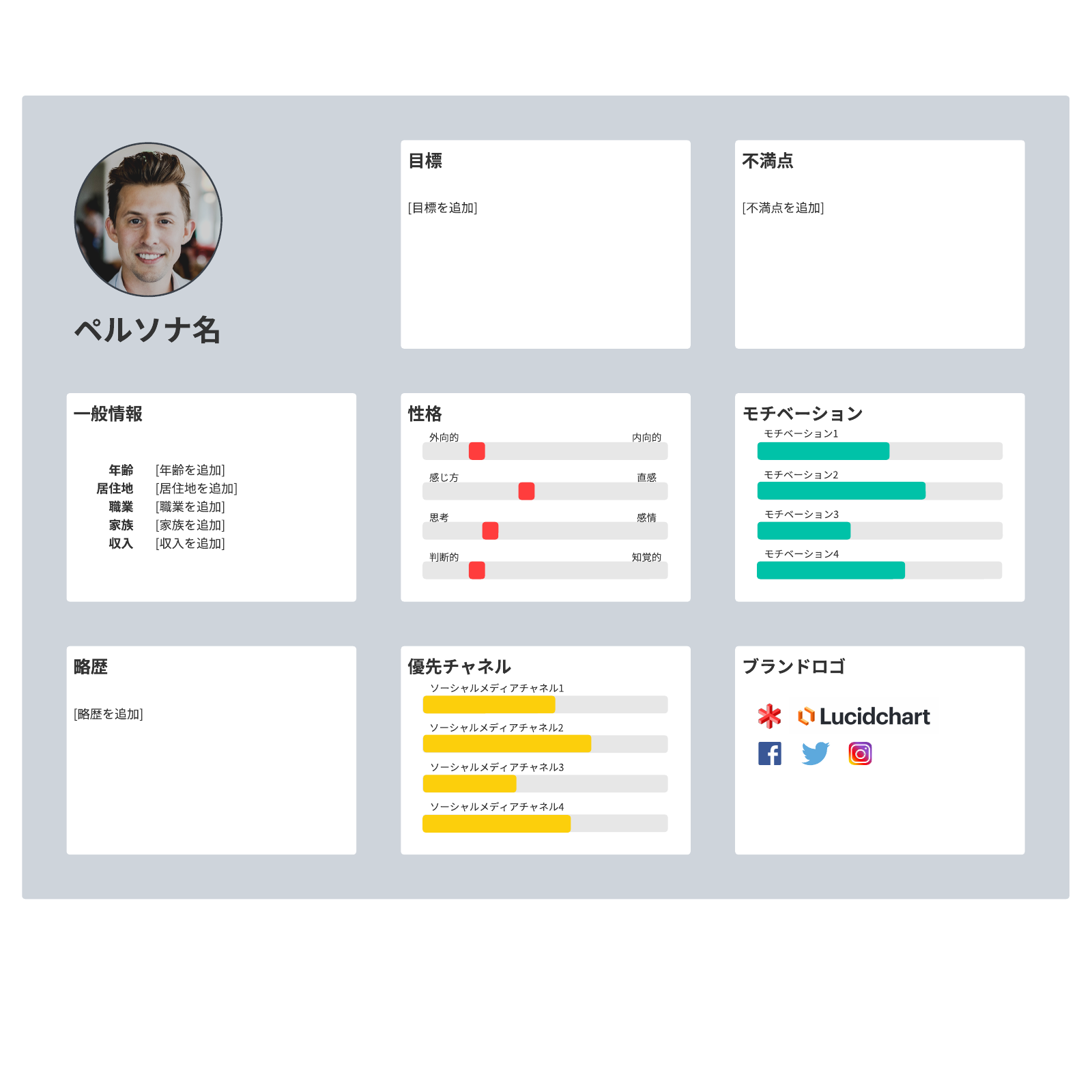A customer journey map is a diagram that illustrates how your customers interact with your company and engage with your products, website, and/or services. It visualizes the customer’s experience with your brand step by step from introduction to point of sale.
Think back to the last time you went on a trip.
How was the experience? Did you have a good flight? Was it easy to find delicious food and comfortable lodging? Maybe you got lost along the way, found yourself stuck in bad weather, or had unexpected delays.
Customer journeys are like any trip—they can be marked by positive experiences and interactions or riddled with bad service, frustrating wait times, or confusing directions.
The goal is to understand and optimize your customers’ journeys with your brand so that they want to make a return trip and tell all their friends about their experience.
Enter: The customer journey map.
What is the customer journey and why is it important?
Have you ever wondered what your customers are thinking?
Chances are, customers and prospective clients have left you scratching your head at their behavior more than once. When you don’t know how your customers engage with your brand or why they make certain decisions, you’re often flying blind. And that isn’t good for making strategic decisions in sales, marketing, or product and UX design.
But you might be surprised just how much you can anticipate and understand your customers’ needs and motivations (no mind-reading required).
That’s where creating a customer journey map comes in.
Benefits of customer journey mapping
A customer journey map helps you put yourself in your customers’ shoes and get a sense of what their motivations, needs, and experiences are with your brand.
When you know what they want, and what’s stopping them from getting it, you can tailor their experience, remove obstacles, and create solutions that speak directly to their needs.
A customer journey map helps you:
- Understand and improve the customer experience
- Identify gaps in communication and messaging
- Reveal customer pain points or friction
- Increase customer retention
- Optimize customer onboarding
- Highlight key differences between buyer personas throughout your sales pipeline
- Align marketing, sales, UX, and other teams
What is customer journey mapping?
Customer journey mapping is the process of outlining and visualizing the customer’s experience with your brand. You can use multiple types of customer journey maps depending on your goals and the specific buyer persona you’re focused on. For example, you could create a customer journey map focused on current and future states to compare and contrast where you are now and where you want to end up with your customer experience.
Whatever your focus, you will typically want to outline several common customer journey stages within your map.
Customer journey stages
If you’re mapping a typical buyer’s journey, you’ll want to include the following stages:
- Awareness: The prospect identifies their problem or pain point.
- Consideration: The prospect researches options to solve their problem.
- Decision: The prospect chooses a solution.
- Retention: Once the customer has purchased, they need a good experience with your brand and solution to stick around.
- Advocacy: The happiest customers will turn into brand advocates, promoting your solution to others.
These stages are the typical progression a customer goes through when deciding to make a purchase (and thus interact with your brand).
For each stage you should consider:
- What is the customer thinking or feeling?
- Why do they feel this way?
- What action is the customer taking? Or what is the customer’s touchpoint with the business?
- How will you move the customer along to the next stage?
Who uses customer journey maps?
Hint: They’re not just for sales.
Customer journey maps are powerful tools that multiple teams can use to gain insight into their core customers.
If you do happen to work in sales, customer journey mapping helps you understand how customers progress through the buying process, what pain points keep them from purchasing, and when those obstacles arise. This makes it easier for sales reps to address customer needs and help them reach their goal.
Marketing can use customer journey maps to understand the questions customers have and how they feel at different stages and touchpoints. This makes it easier to craft compelling copy and provide the right content at the right time.
Additionally, customer journey maps can help UX designers put the customer experience into context. When you understand what actions customers are taking and why, you can design better experiences that meet customer needs directly.
In other words, creating customer journey maps help teams across the organization make strategic decisions and align projects and initiatives for a more effective and cohesive customer experience.

How to create a customer journey map
Use these steps to get in the mind of your customers and make a powerful customer journey map.
1. Set clear objectives
Before you start mapping, ask yourself what your goal is. Based on your objectives, you can figure out what type of customer journey map you need and what elements you need to incorporate.
There are three main types of customer journey maps:
- Current state: This is the most common customer journey map. Current state maps help you see how your customers interact with your brand right now so you can identify pain points and improve the customer experience.
- Day in the life: This map gives you insight into the broader lives of your customers including their actions and emotions regardless of whether they interact with your brand. This is helpful for anticipating and addressing customer needs.
- Future state: This visualizes where you want the customer journey to end up. Use this in tandem with current state maps to identify gaps between where you are now and what you want the customer experience to be.
2. Understand your buyer persona
Once you know what your goals are and which map you’ll need, you can identify and outline your buyer persona.
A buyer persona is a fictional representation of a segment of your customers. Use a buyer persona to guide your customer journey map and illuminate how that customer group interacts with and experiences your brand.
You’ll want to use data and research from your existing customer base to inform your buyer personas. That will ensure your personas are an accurate representation of your actual customers—the better your buyer personas, the better information you can get from your customer journey maps.

3. Outline your customer touchpoints
Focus on just one buyer persona per customer journey map. Remember, you’re following your customer’s specific path from awareness to purchase, and that will look different for different types of buyers.
With your customer in mind, outline all their potential touchpoints. Touchpoints are all the places customers can interact with your company, from clicking on your website to opening an email.
Research all the ways your customers currently interact with your brand. Note what actions they take during those interactions, such as performing a Google search for your company or reading content on your blog.
Pro tip: Walk through the customer journey yourself. Putting yourself in your customers’ shoes can reveal touchpoints, actions, and obstacles and help you understand your customers better.
4. Identify bottlenecks and pain points
With your list of touchpoints and actions, it’s time to investigate where customers experience pain points or obstacles.
Consider the following questions:
- Are customers achieving their goals?
- Where are the main points of frustration?
- At what stage do customers tend to abandon purchases? Why?
These pain points can help you identify what emotions your customers experience during the journey and when obstacles appear so you can take steps to address those issues.
5. Continuously update and improve
Once you’ve mapped out your customer journey, you can begin optimizing the customer experience at every stage. But don’t stop there. Keep updating and reworking your customer journeys so that your buyer experience continuously improves.
The beauty of customer journey mapping is that it helps teams understand the customer experience from multiple angles and encourages collaboration and alignment across the organization. Customer journey mapping shouldn’t be done in a vacuum. Every aspect of your business impacts the customer experience, so teams need to work together to optimize and streamline the experience.

Create your own customer journey map with this template.
Try it nowAbout Lucidspark
Lucidspark, a cloud-based virtual whiteboard, is a core component of Lucid Software's Visual Collaboration Suite. This cutting-edge digital canvas brings teams together to brainstorm, collaborate, and consolidate collective thinking into actionable next steps—all in real time. Lucid is proud to serve top businesses around the world, including customers such as Google, GE, and NBC Universal, and 99% of the Fortune 500. Lucid partners with industry leaders, including Google, Atlassian, and Microsoft. Since its founding, Lucid has received numerous awards for its products, business, and workplace culture. For more information, visit lucidspark.com.
Related articles
Obtaining and understanding Voice of the Customer
Read on to learn what Voice of the Customer (VoC) is, why it matters to businesses, and how you can best gather this important data.
Customer journey mapping in Lucidspark (includes a free course!)
Access the entire course in Lucid Training Labs to view tools that will help you master customer journey mapping.
The 5 customer journey stages
Dive into the five stages customers go through as they interact with your touchpoints before buying your product.
Demand generation vs lead generation: Everything you need to know
Learn everything you need to know about demand generation vs lead generation.

